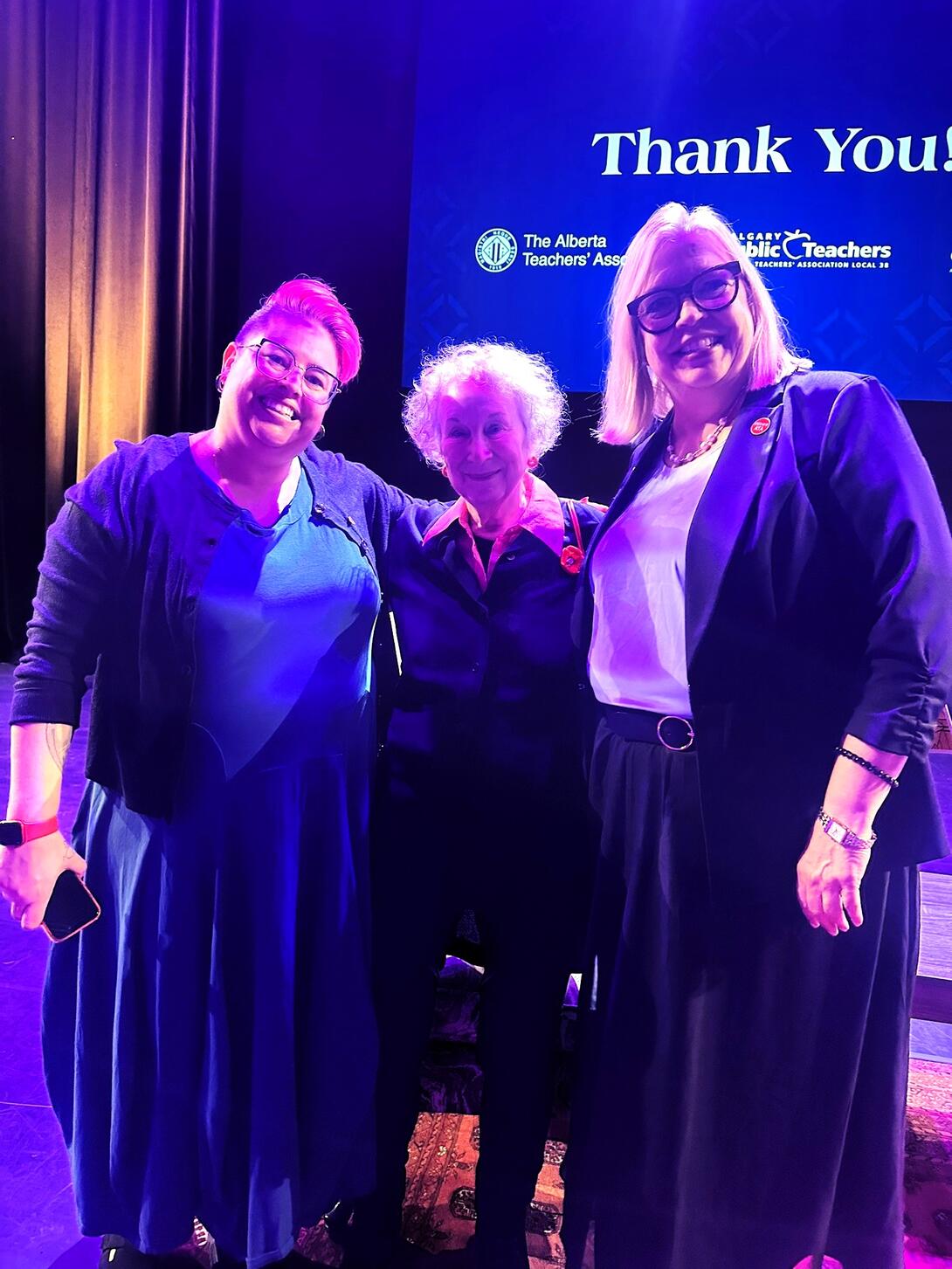In today’s educational landscape, the term “complex classrooms” is frequently used by teachers, but its meaning often eludes those outside the profession. Classrooms have changed over the years. Reflecting on my early teaching days, I recall managing a Grade 8 language arts class of 30 students, and none of them had individual program plans. Why? Because we didn’t accommodate for student needs. Universally, we did not know why or how. Students with exceptional needs were in an alternative program.
Fast-forward a decade, and the landscape had dramatically shifted. I found myself teaching a Grade 8 class where three students read at a Grade 3 level. Thankfully, technology helped in bridging these gaps; I used speech-to-text tools and created quiet spaces for students to work without disrupting others. However, these adaptations required an additional hour of preparation each night, on top of my usual grading and lesson planning.
If accommodating just a few students in my previous classes took an extra hour of preparation, what does it look like for a classroom filled with such diverse needs?
As I transitioned into the role of a high school principal, I saw the challenges for classroom teachers intensifying. I had to frequently assist teachers who were managing classrooms where physical aggression was a concern. Class sizes ballooned to 40 students, and the lack of support for those needing specialized assistance was glaring.
An average classroom today would likely comprise a number of students reading below grade level, a few more requiring specialized academic programming due to neurodivergence, another few who are English as an additional language learners and a few more who are gifted learners. On top of that, the teacher may have a handful of students who may not attend regularly, necessitating catch-up sessions, while another two or three may require behaviour management plans, complete with safety protocols and visual schedules.
The reality is stark: if accommodating just a few students in my previous classes took an extra hour of preparation, what does it look like for a classroom filled with such diverse needs? With only one teacher to manage this complexity, the task feels nearly impossible.
When educators refer to their classrooms as complex, they are highlighting the overwhelming diversity of student needs that must be met with limited resources. It’s a call for understanding and support from the community as we strive to provide every child with the education they deserve. The challenges are real, and the need for systemic change in our educational approach has never been more urgent. ❚
I welcome your comments. Contact me at kristine.wilkinson@ata.ab.ca.

ATA News Editor-in-Chief


